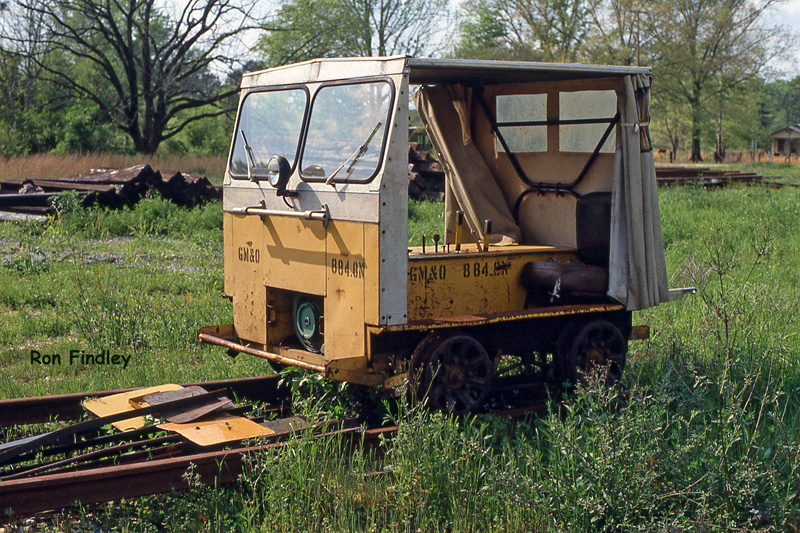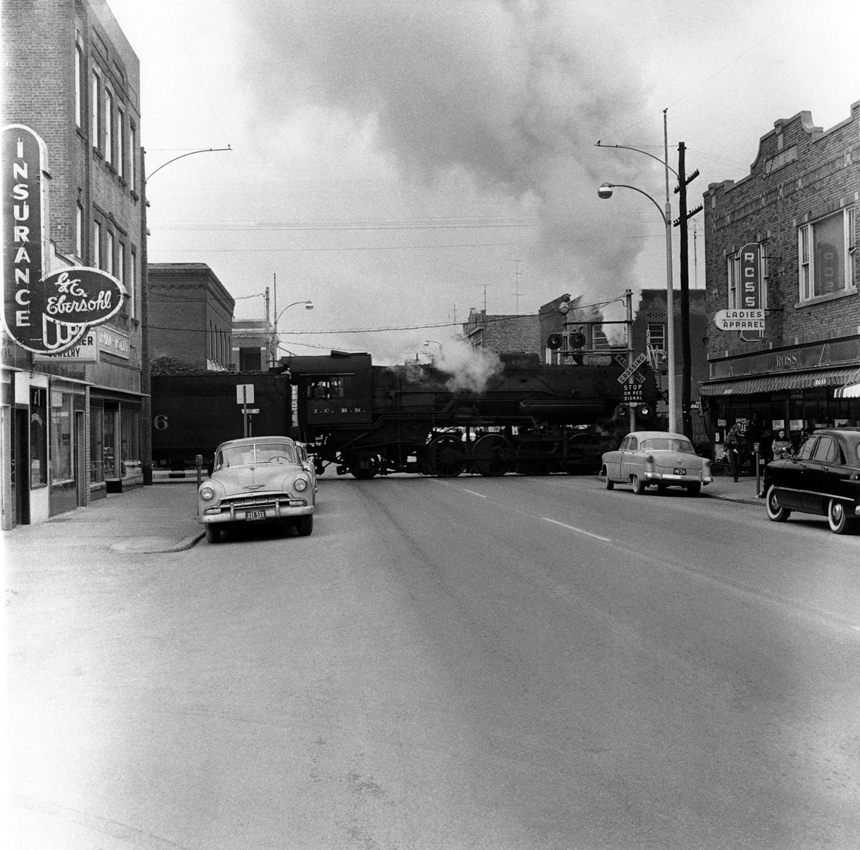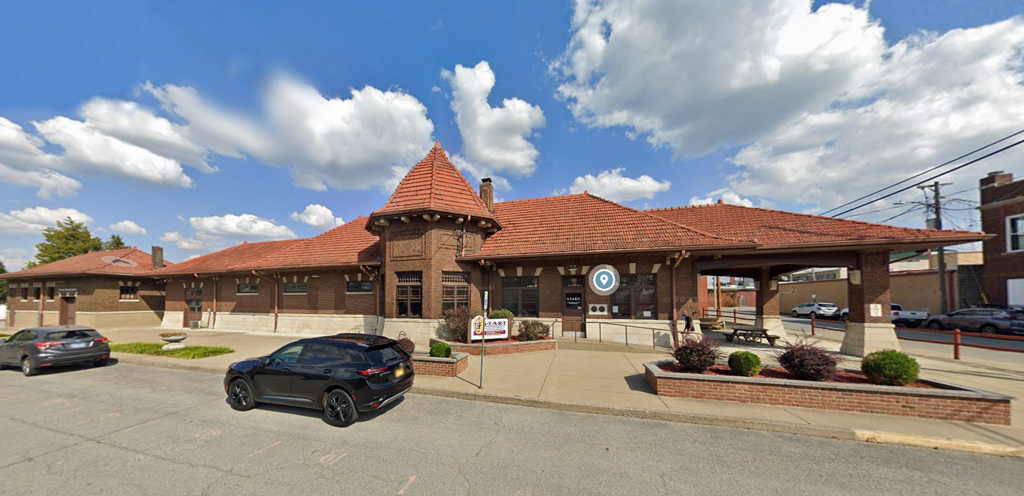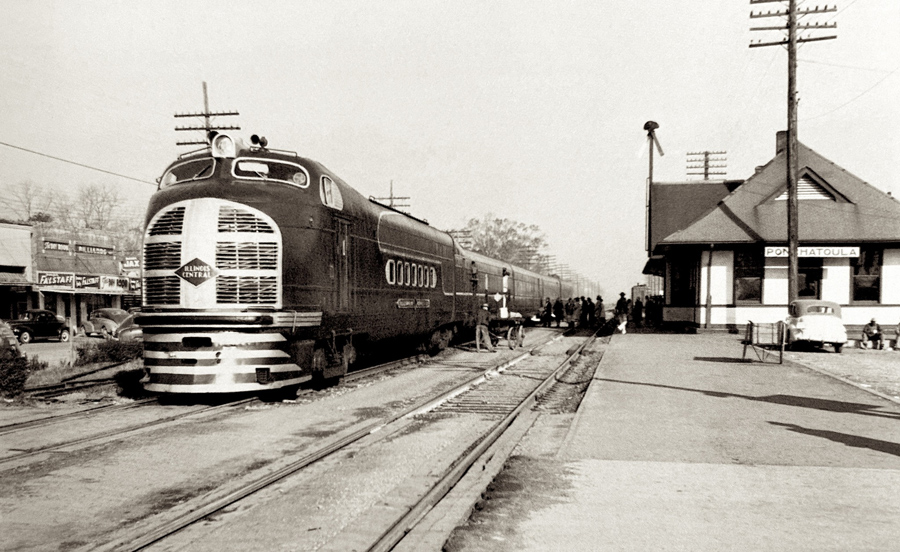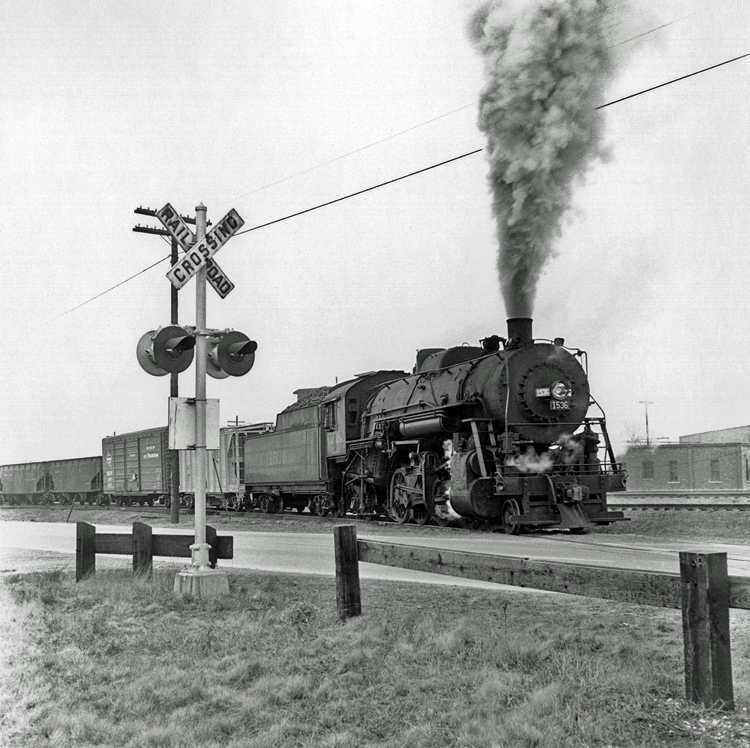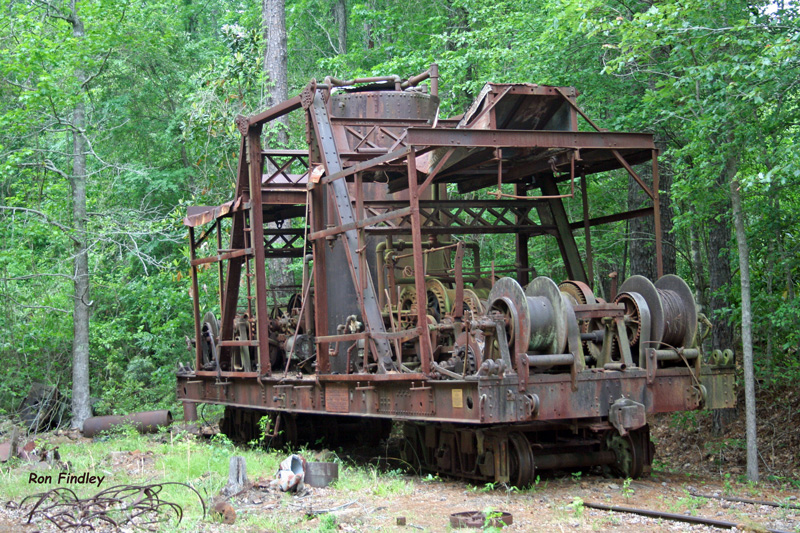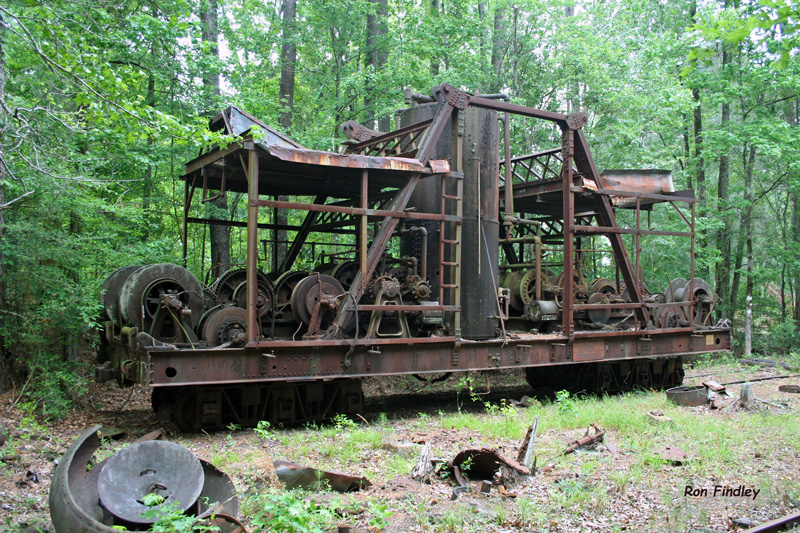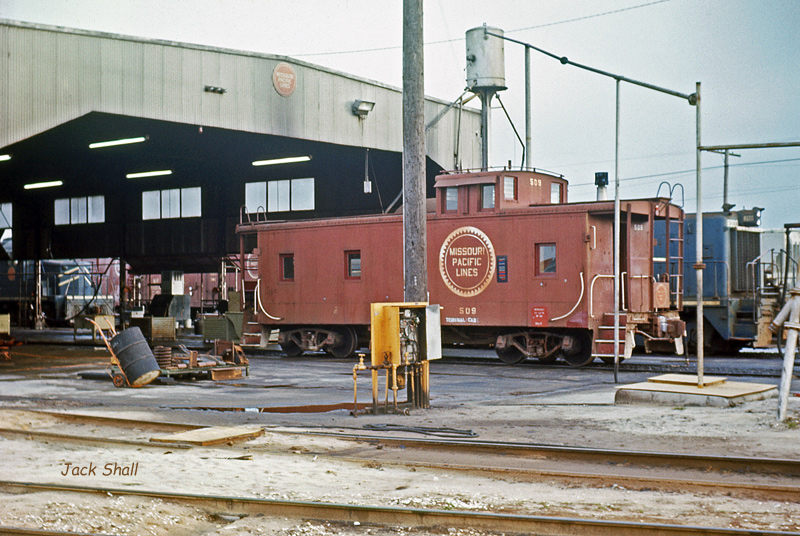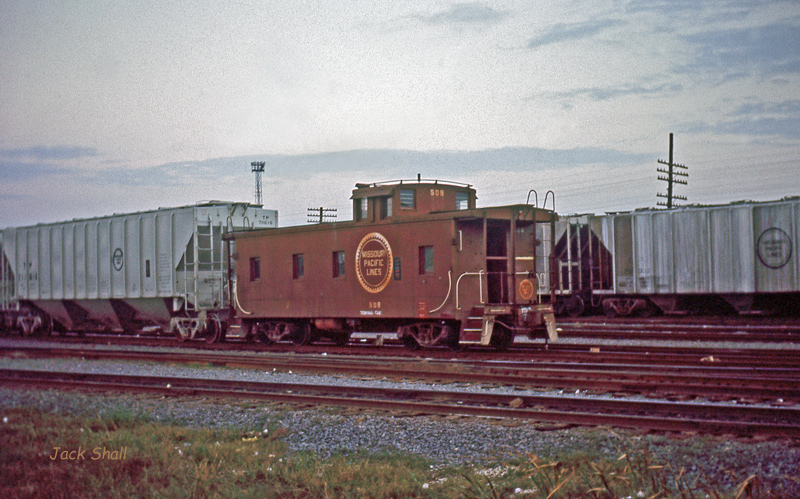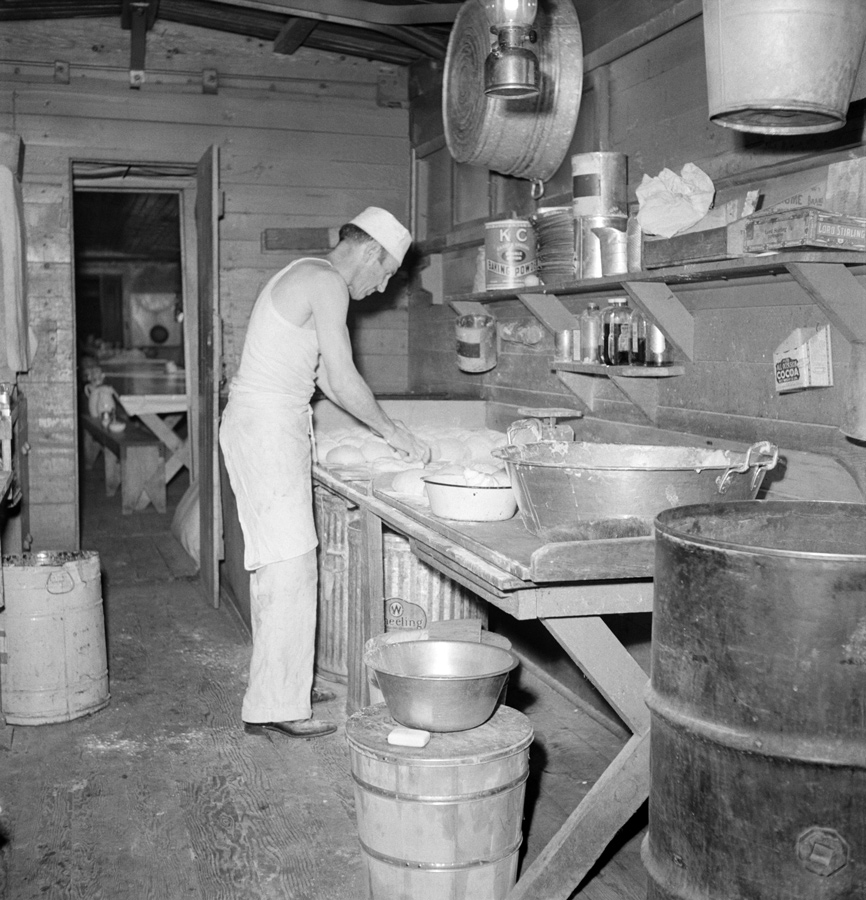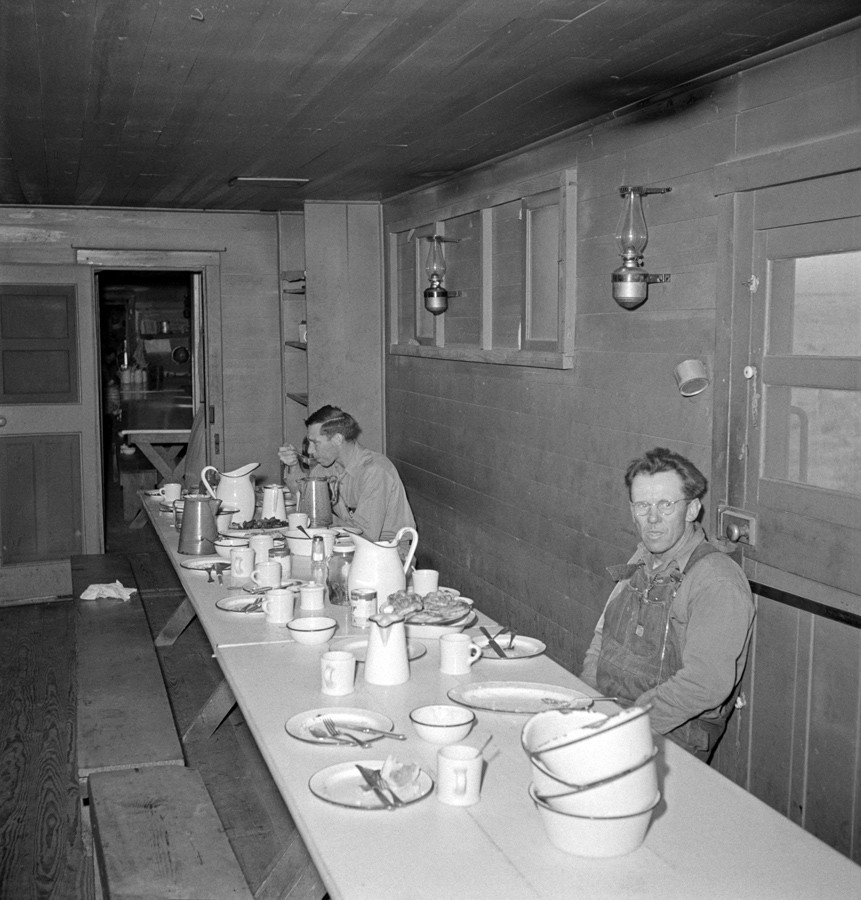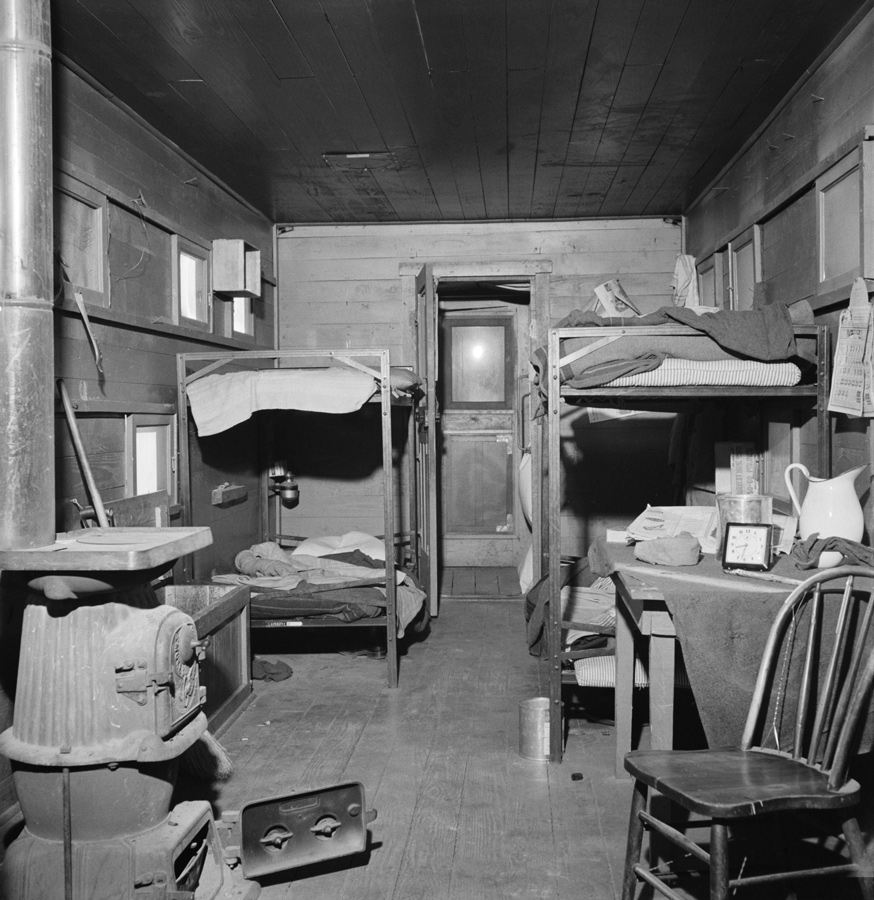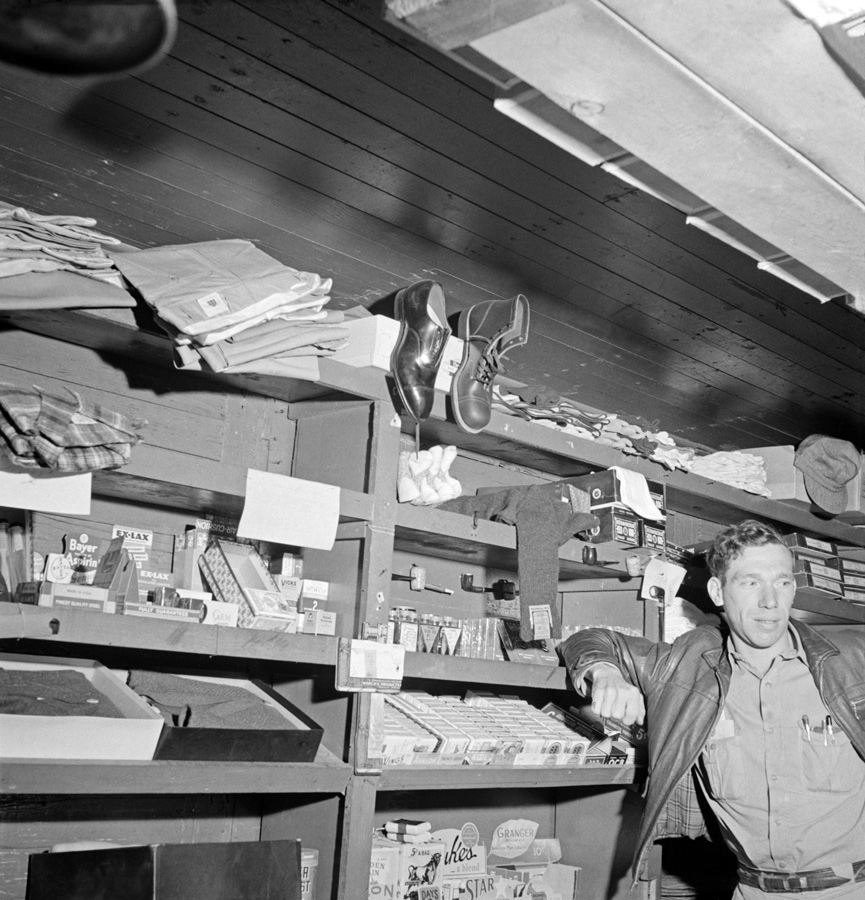Before I get into the subject, I’d like to comment on a couple other blog related things. Back in March this blog was hacked (apparently an attempt to use the blog to distribute spam). Fortunately my web host detected that a bunch of files had been changed, so they “froze” the site. I ended up having to re-install the blog software to get things back to normal. It really wasn’t hard to do, but it did take some time. At the same time I took steps to harden the site so hopefully it won’t happen again.
The second item concerns the New Post Notifications that are sent out to subscribers when I pen a new morsel for your consumption. The plug-in that handles that is several years outdated, and the author apparently isn’t interested in keeping it current. Therefore I elected to try another plug-in (Mail Poet) and hopefully I have it set up correctly. If you experience a problem, please drop me a line and I’ll try to get it straight. Or if you just happened to check the blog and saw this post (but didn’t receive an email notification that it was here), please let me know about that too.
OK, on to the topic at hand: roundhouse floors. Several years ago I had a post in which I was pondering the different floors used in roundhouses. That led to a nice discussion, but not on the blog. Instead it was just a bunch of emails back and forth between me and a few friends. One of the floor types that I mentioned at the time (and one which I had not heard of prior to then) was a series of wooden blocks set on end to create the floor. Several of you sent me some photo examples of this. From what I gather, this type of floor was rather common, not only in railroad facilities, but also in other industrial applications, particularly where heavy and/or bulky material and equipment was being handled. My impression is that the floor is easy on things laid or dropped upon it, and is easy to repair if necessary.
The photo below was taken by Jack Delano back in the ’40s, and it clearly shows this wood block flooring inside a Chicago and Northwestern roundhouse. You can click on the photo to get an enlarged view.
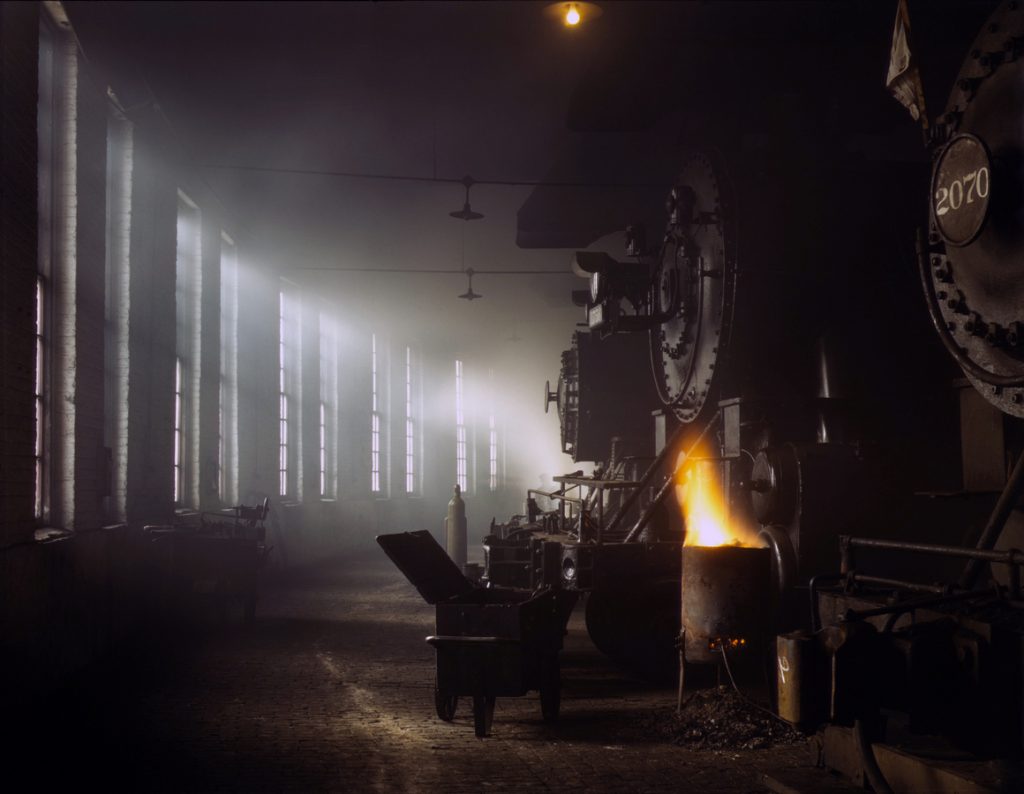
Mr. Delano took many photos of railroad subjects back then, and there is currently a book available with a nice selection of his work.
As usual, comments are appreciated.
As another aside, the recovery of my home from the flood last August is finally hitting full stride. The drywall is up and finished, cabinet work has begun, and I am finally seeing light at the end of the tunnel!
-Jack
